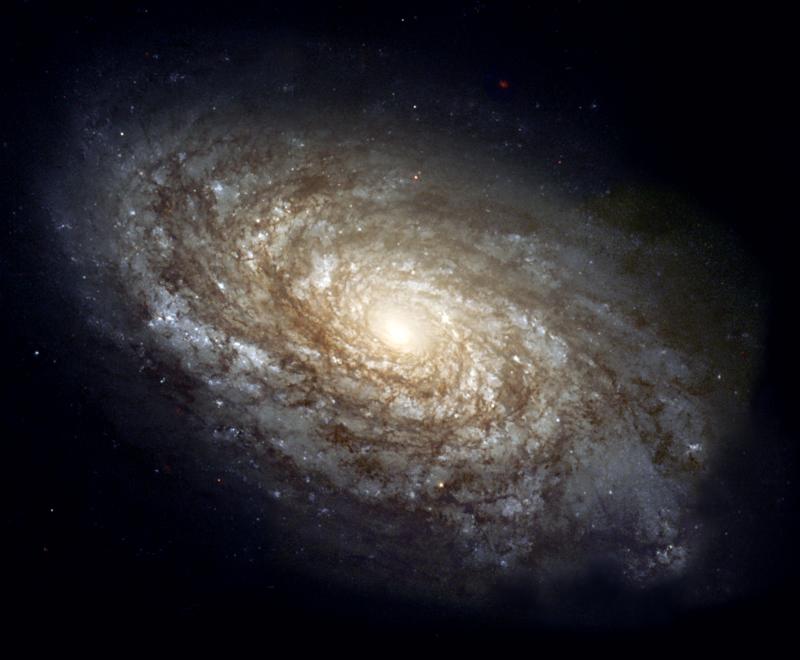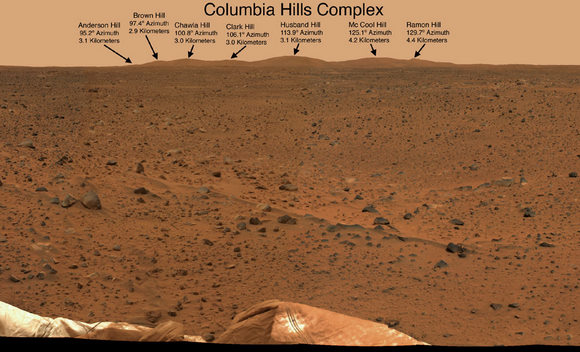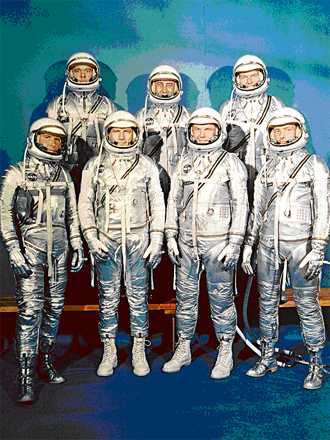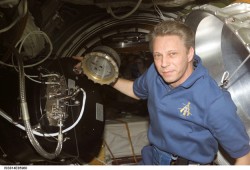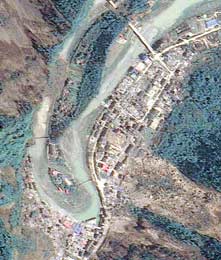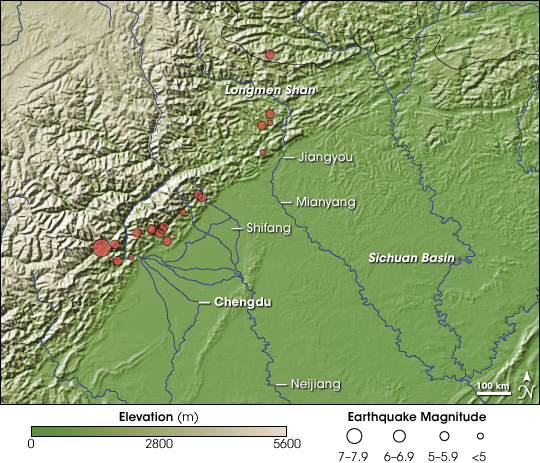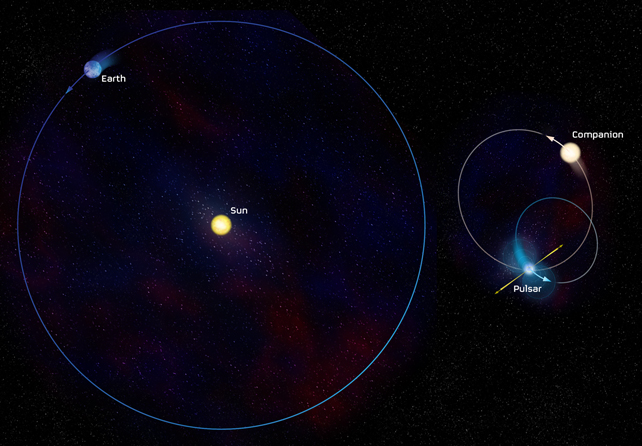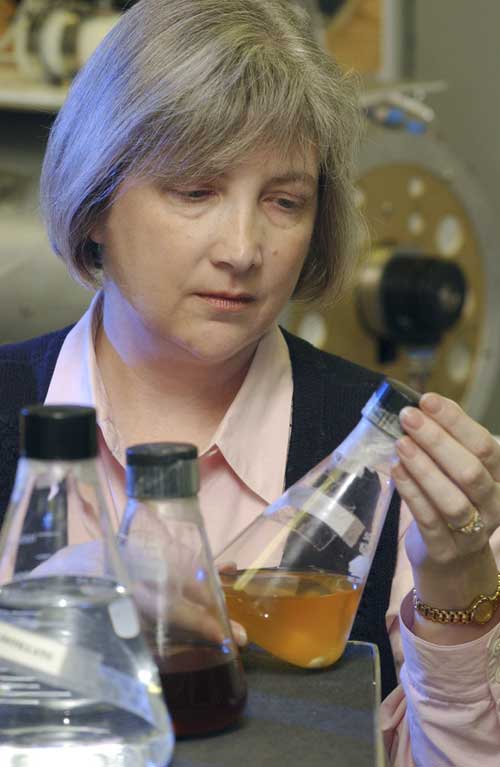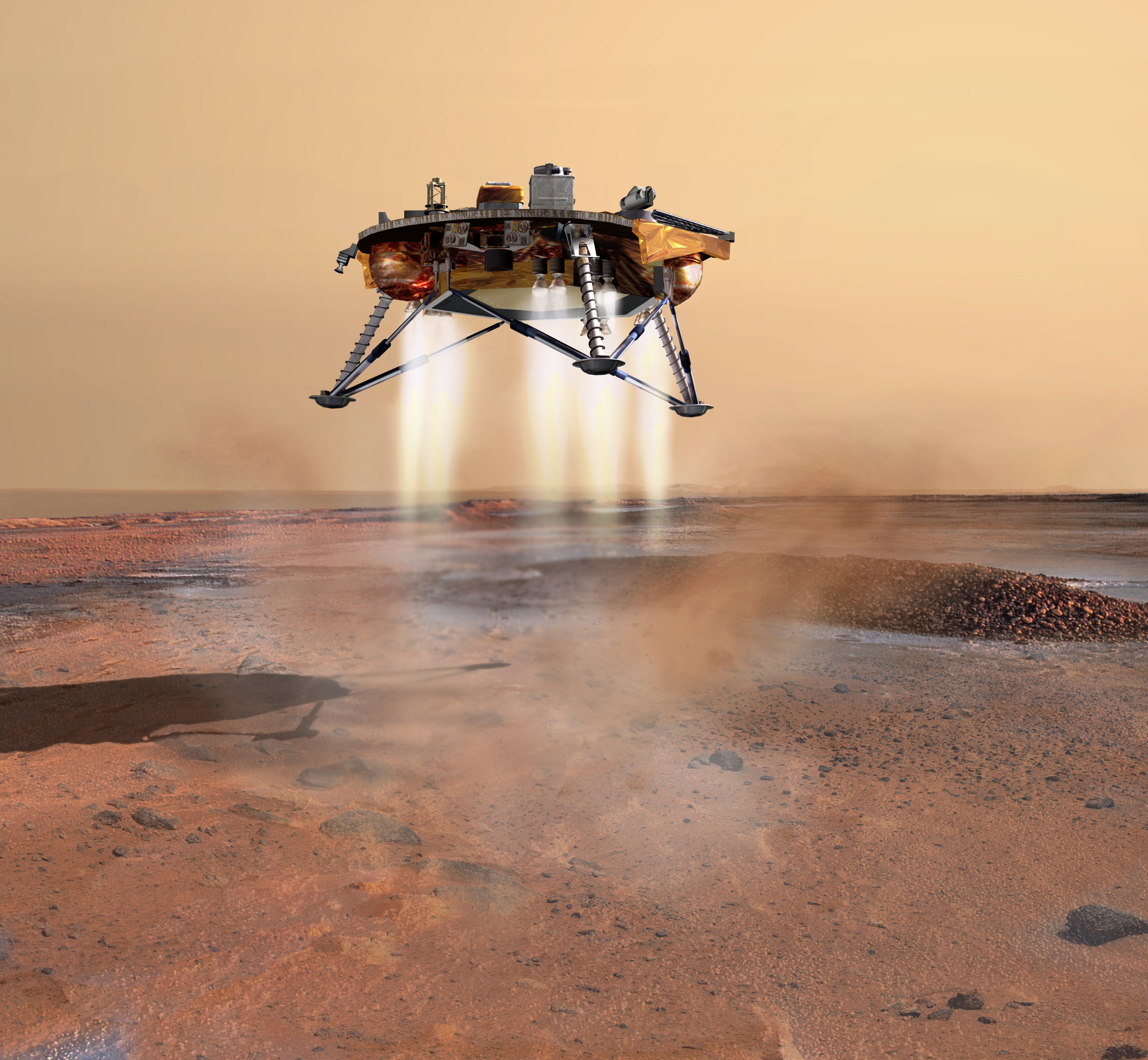The whole point of putting telescopes in orbit is to avoid distortions caused by our murky atmosphere. But now astronomers say they have calculated only half the light of our universe reaches telescopes, even those in orbit, because of the amount of dust that permeates the universe. In essence, they say, the universe is twice as bright as previously thought. The lead author of a new paper detailing this discovery, Dr. Simon Driver from the University of St Andrews said, “For nearly two decades we’ve argued about whether the light that we see from distant galaxies tells the whole story or not. It doesn’t; in fact only half the energy produced by stars actually reaches our telescopes directly, the rest is blocked by dust grains.”
While astronomers knew the universe contains small grains of dust, they hadn’t realized the extent to which this is restricting the amount of light that we can see. The dust absorbs starlight and re-emits it, making it glow. They knew that existing models were flawed, because the energy output from glowing dust appeared to be greater than the total energy produced by the stars.
Dr. Driver said, “You can’t get more energy out than you put in so we knew something was very wrong. Even so, the scale of the dust problem has come as a shock – it appears that galaxies generate twice as much starlight as previously thought.”
The team used a new model of the dust distribution in galaxies from a catalogue of 10,000 galaxies to precisely calculate the fraction of starlight blocked by the dust. The team says dust blocks approximately half of the light that the Universe generates.
The Universe is currently generating energy, via nuclear fusion in the cores of stars, at a whopping rate of 5 quadrillion Watts per cubic light year, about 300 times the average energy consumption of the Earth’ population.
After measuring the brightness of thousands of disc-shaped galaxies with different orientations, the astronomers matched their observations to computer models of dusty galaxies. From this they were able to calibrate the models and, for the first time, determine how much light is obscured when a galaxy has a face-on orientation. This then allowed them to determine the absolute fraction of light that escapes in each direction from a galaxy.
While modern instruments allow astronomers to see further into space, they can’t eliminate the obscuring effect from these tiny dust grains. “It is somewhat poetic that in order to discover the full glory of our Universe we first had to appreciate the very small” said Dr. Alister Graham from the Swinburne University of Technology.
The team consists of astronomers from the United Kingdom, Germany and Austrailia. Their research was published in the May 10 issue of Astrophysical Journal Letters.
Original News Source: Science and Technology Facilities Council

